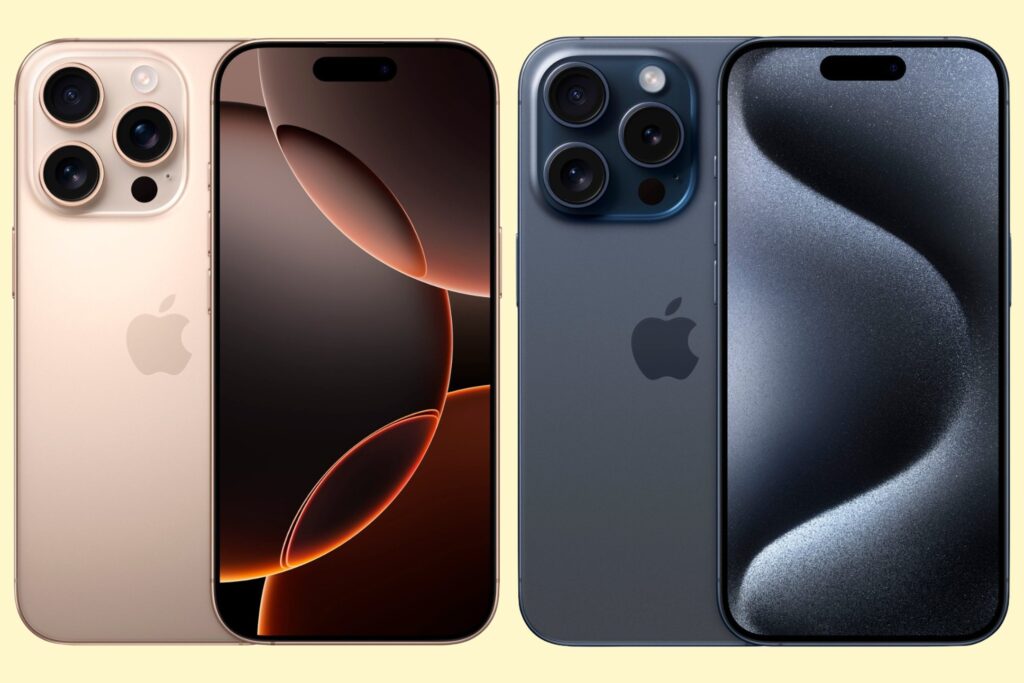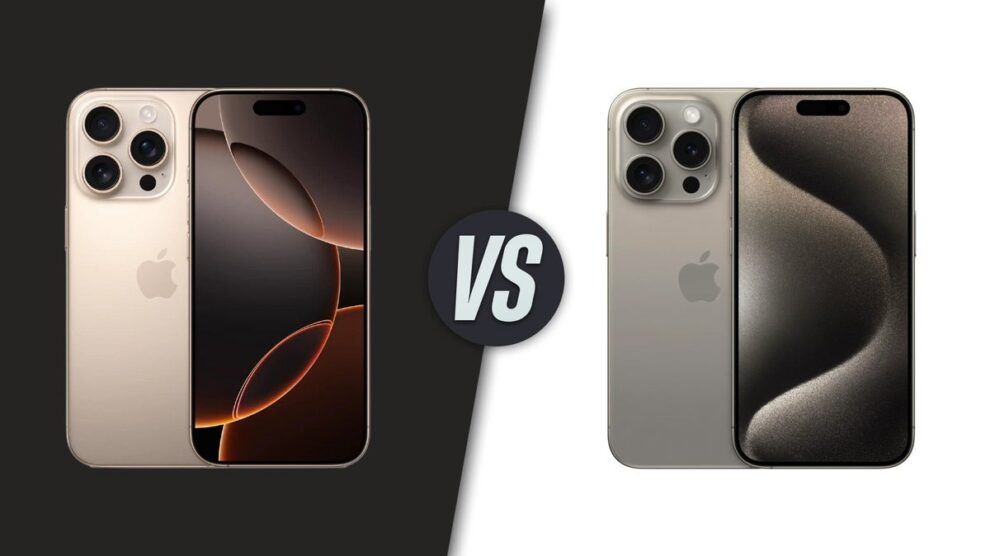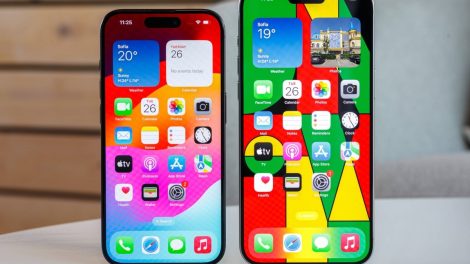In a bold move to put Apple’s claims to the test, Sam Kohl of Apple Track conducted an extensive drop test comparing the new iPhone 16 Pro with its predecessor, the iPhone 15 Pro Max. This test, performed in Australia, aimed to verify Apple’s assertion that the new iPhone 16 Pro models feature improved Ceramic Shield protection that is 50% tougher than the first-generation Ceramic Shield. The results, however, were not quite what many expected.

The Test Setup
Kohl’s test involved two phones:
- iPhone 16 Pro in the new Desert Titanium color
- iPhone 15 Pro Max in Natural Titanium
The phones were subjected to a series of drops on concrete from various heights and angles, simulating real-world accident scenarios.
Drop Test Results
1. Pocket-Height Drop (Side Impact)
- Both phones suffered minor cosmetic damage to the bottom edges
- No significant difference observed between the models
2. Chest-Height Drop (Side Impact)
- More noticeable damage to the bottom of both phones
- iPhone 16 Pro showed slightly more damage
3. Head-Height Drop (Side Impact)
- iPhone 16 Pro’s screen turned off, rendering the device inoperable
- A crack appeared on the bottom of the iPhone 16 Pro’s display
- iPhone 15 Pro remained functional
4. Chest-Height Back Drop
- Both phones experienced shattered rear glass in a corner
- Similar “spider web” crack pattern observed on both devices
5. Head-Height Back Drop
- iPhone 15 Pro suffered more severe damage
- iPhone 16 Pro showed better resilience in this test
6. Screen-Down Drops
- Waist-high drop:
- iPhone 16 Pro developed a large scratch along the side of the display
- iPhone 15 Pro had minor damage in the upper corner
- Above-head-height drop:
- iPhone 16 Pro’s existing cracks worsened
- iPhone 15 Pro surprisingly held up well
Analysis of Results
Contrary to expectations based on Apple’s claims, the iPhone 16 Pro did not consistently demonstrate superior durability compared to its predecessor. Several key observations emerged from this test:
- Corner Vulnerability: The iPhone 16 Pro appeared more susceptible to damage at the corners, possibly due to its 30% smaller bezels.
- Screen Durability: The iPhone 15 Pro’s display showed surprising resilience, outperforming the newer model in several drops.
- Inconsistent Performance: While the iPhone 16 Pro fared better in some tests (like the head-height back drop), it underperformed in others, particularly in screen-down drops.
- Early Failure: The iPhone 16 Pro’s screen turning off after the head-height side drop is a concerning result, suggesting potential internal component vulnerability.
Implications and Considerations
These test results raise several important points for consumers and industry observers:
- Design Trade-offs: The smaller bezels on the iPhone 16 Pro, while aesthetically pleasing, may compromise durability to some extent.
- Real-world Performance: Laboratory tests and real-world accidents can yield different results. This emphasizes the importance of independent testing.
- Consumer Expectations: Apple’s claim of 50% tougher Ceramic Shield may need further clarification or context, given these results.
- Case for Cases: The test reinforces the importance of using protective cases, especially for users concerned about accidental drops.
Limitations of the Test
While informative, it’s important to note some limitations of this drop test:
- Sample size of one for each model may not be representative of all units
- Concrete surface represents a worst-case scenario for drops
- Real-world drops involve various factors not replicated in controlled tests
- Long-term durability and resistance to repeated minor impacts were not assessed
The drop test conducted by Sam Kohl provides valuable insights into the durability of the new iPhone 16 Pro compared to its predecessor. While the results don’t entirely align with Apple’s claims of improved durability, they highlight the complex nature of smartphone design and the challenges in balancing aesthetics with robustness.
For consumers, these findings underscore the importance of handling devices with care and considering protective accessories. For Apple and other manufacturers, it serves as a reminder of the ongoing challenge to improve device durability without compromising on design and functionality.
As always, more comprehensive testing across a larger sample size would be beneficial to draw more definitive conclusions about the overall durability of these devices.
Related Articles:
- iPhone 16 Pro: A Comprehensive Review
- Understanding Smartphone Durability: Beyond the Marketing Claims
- Top Protective Cases for iPhone 16 Pro in 2024
External Resources:










Add Comment